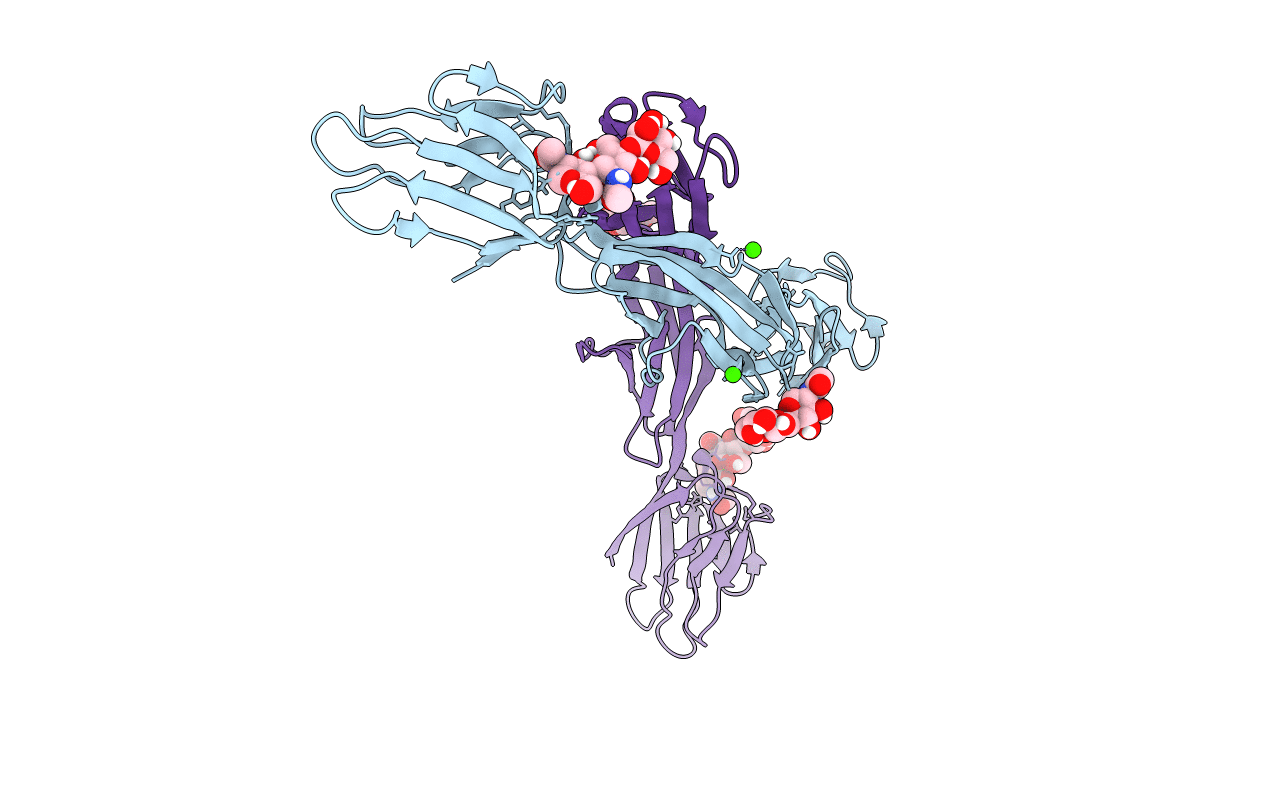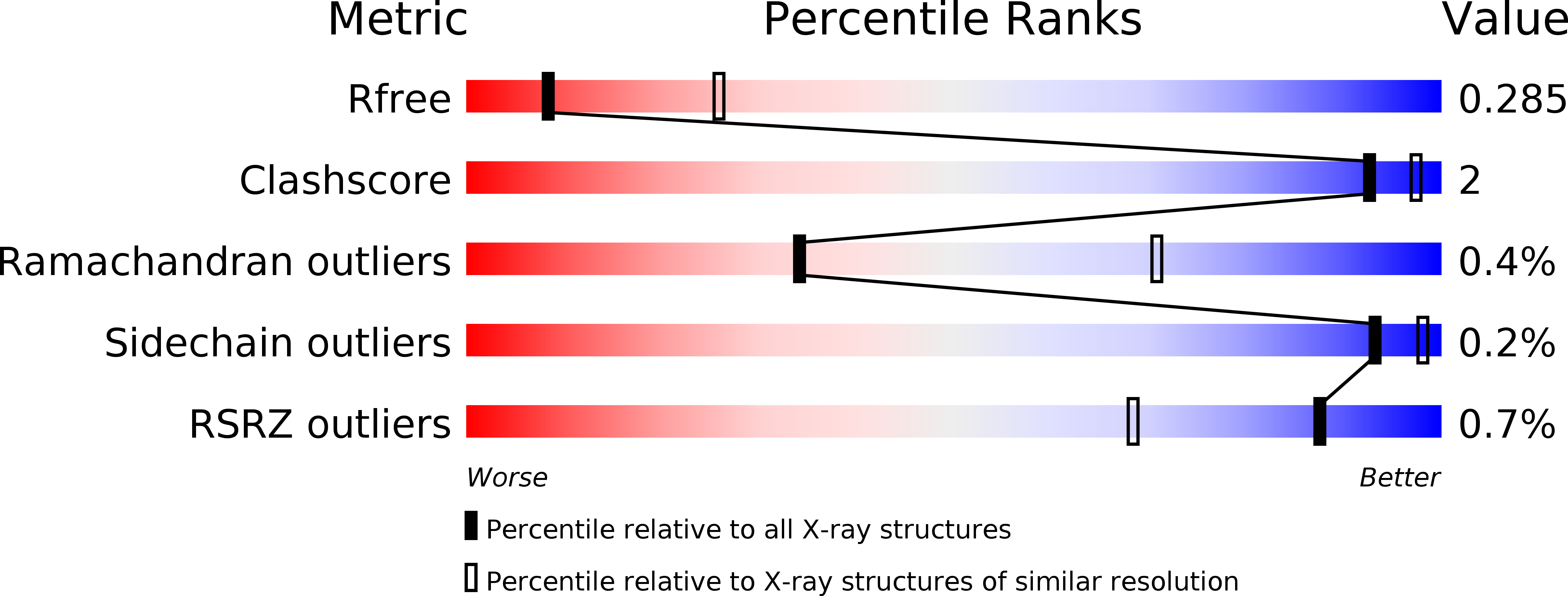
Deposition Date
2019-08-30
Release Date
2020-08-12
Last Version Date
2024-10-30
Method Details:
Experimental Method:
Resolution:
3.01 Å
R-Value Free:
0.28
R-Value Work:
0.23
R-Value Observed:
0.23
Space Group:
C 2 2 21


